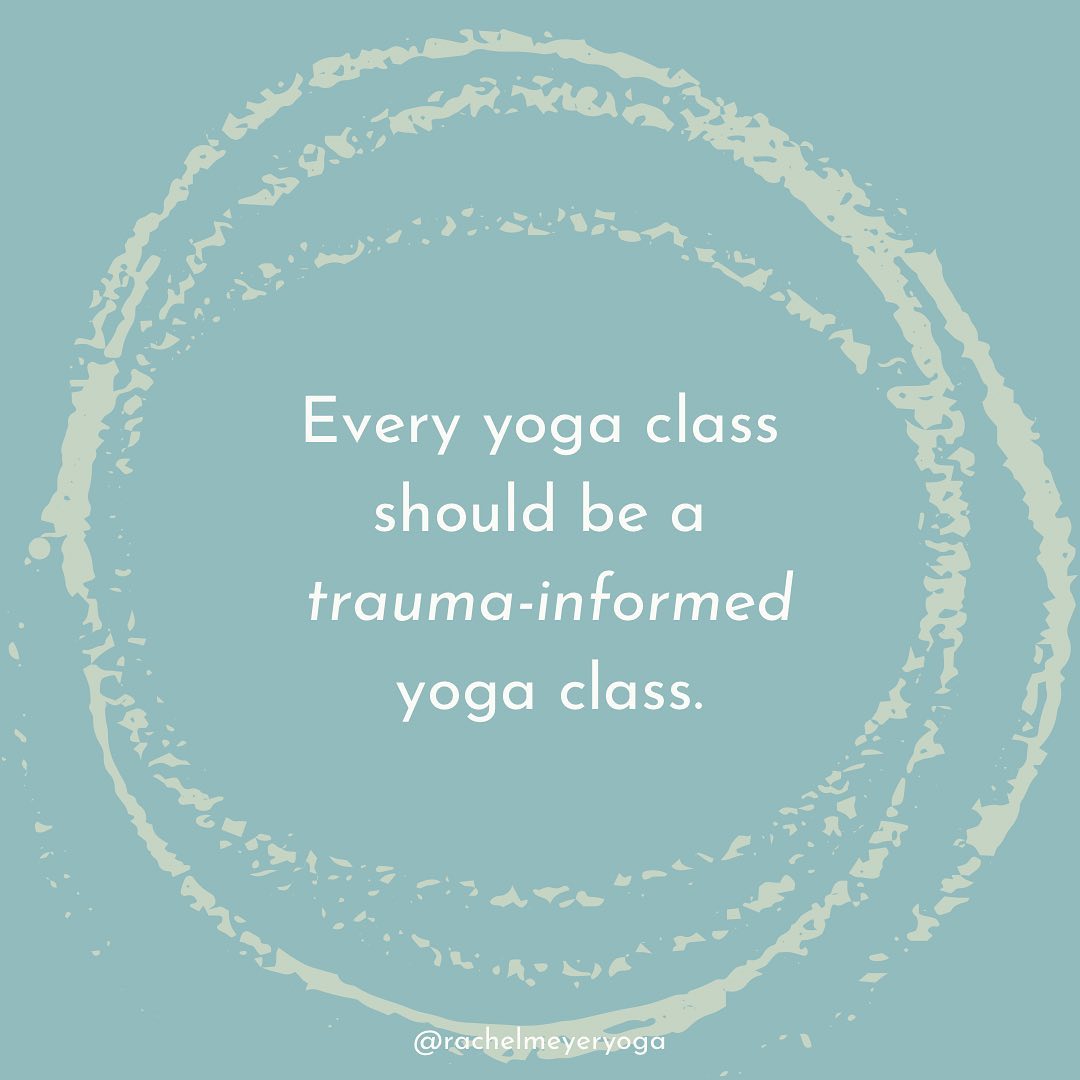Tonight I’m teaching the B Yoga Basel teacher trainees all about yoga and trauma-sensitivity: everything from Bessel Van Der Kolk to Resmaa Menakem to creating a culture of consent to polyvagal theory to patriarchal guru power dynamics and whether yoga teachers should even BE offering hands-on assists anymore.
With an estimated 1 in 4 folks walking into your yoga class with a history of trauma, this was always important. But considering that the whole world has been experiencing collective trauma since March 2020, and Turkish and Syrian folks just experienced a literally earth-shattering loss of life and home, and Ukrainian refugees continue to flee mass suffering and genocidal war crimes, knowing how to teach trauma-informed yoga feels more essential than ever.
I’m (pleasantly) stunned by how much has changed on this in the yoga world in the last decade. Ten or twelve years ago, we assumed that even in a class of 150 sweaty heaving bodies, every student should be touched at least once. Like touch-without-consent was only a good thing.
Thank goodness the industry has woken up to trauma-awareness since then. There’s been a true outpouring of scholarship and activism in the last few years, and we’re all better for it.
Teachers: there are so many subtle ways we can cultivate agency, encourage self-regulation, and help folks feel physically and emotionally safe in our classes. Let’s keep at it, together, until every yoga class is a trauma-informed yoga class.

